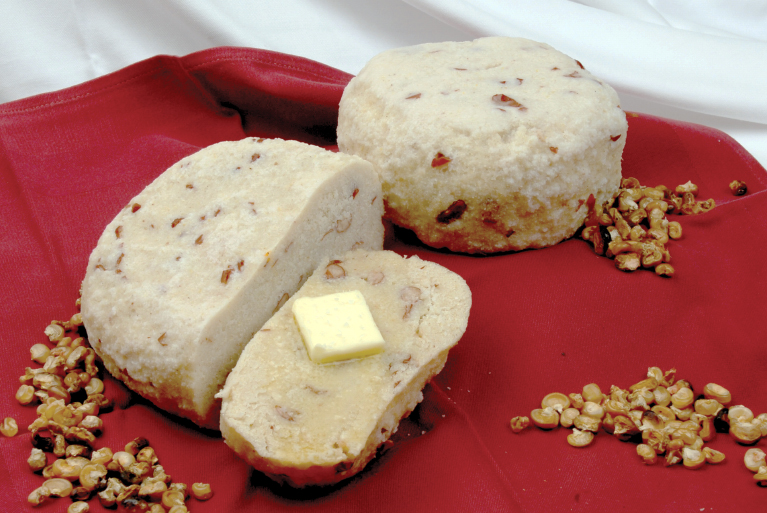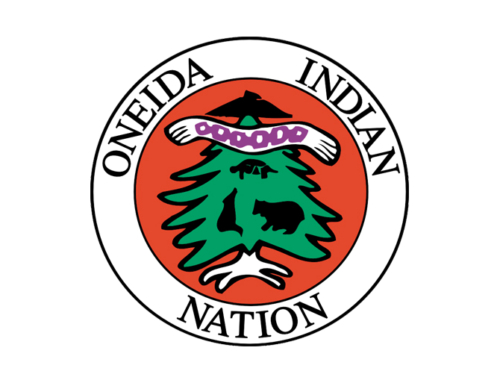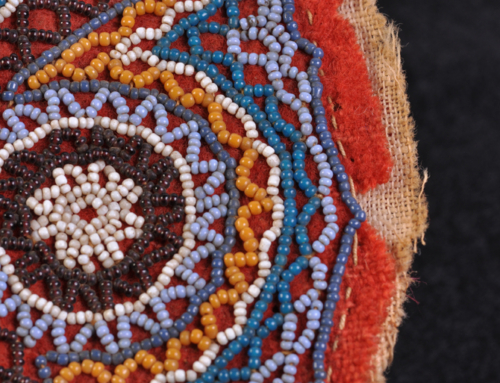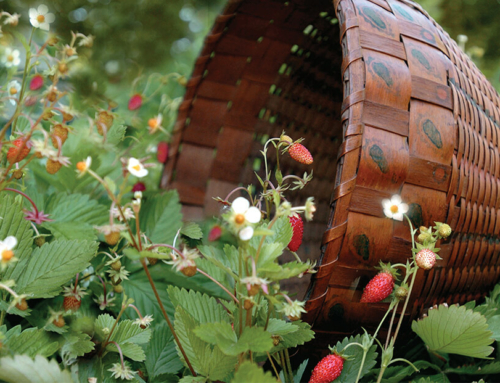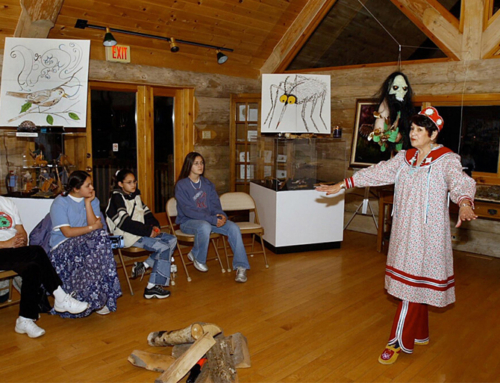This “Staff of Life” Provided Energy
This hearty bread was once a staple in the diet of the Oneida People. For centuries this nutritious “staff of life” and its primary ingredient, corn flour, provided energy. Cornbread remains a traditional favorite to this day.
The Oneida People have known the value of corn flour in the diet for hundreds of years; cornbread is high in complex carbohydrates, which provide stamina.
Oneida messengers, who needed a great deal of energy, would run from village to village with a side pack of crushed corn as their sole provision. The runner would mix the corn with water for a fast, nutritious, energizing meal.
And tradition states that it is cornbread, or corn mush — an unformed version of the bread — that Oneidas prepared to help feed George Washington’s starving troops at Valley Forge in the harsh winter and spring of 1777-78 during the American Revolutionary War.
The corn flour used in the breads is yielded from white corn, also known as edible corn. The task of procuring the flour from the corn, however, was and is demanding. Women would begin the process early in the morning and have the bread ready within a few hours for their families’ breakfast.
They would:
- Cook the corn,
- Briefly dry the corn, and;
- Use a pounder and hollowed stump like a mortar and pestle to make flour.
The modern process is less arduous but actually more time consuming:
- The corn is cooked until the fine layer of skin falls off and is dried.
- Drying can be done on a screen with blowers aimed at it for “air drying” for 24 hours.
- Once the corn is dried, it is ground with a heavy duty coffee grinder.
- The flour is sifted.
- The flour is ready to be used for cornbread.
The bread made today is a variety of the bread of hundreds of years ago. Beans may now added, providing protein. But the art of cornbread making, of any sort, is not commonplace.
The first step is to mix the corn flour — which is not available in stores — cooked red kidney beans and boiling water until all ingredients are moistened. After it is mixed, the dough is gathered into a ball and then gradually shaped into a wheel. To make the wheel smooth, and to keep the dough from sticking to hands, water is needed. The easiest method is to smooth the wheel under a running faucet. When the wheel is smooth, it is then placed on its side into slowly boiling water. It is finished cooking when it spins and rises to the top in approximately 30 minutes.
(methods used by Ray George, Oneida Indian Nation of the Thames)


